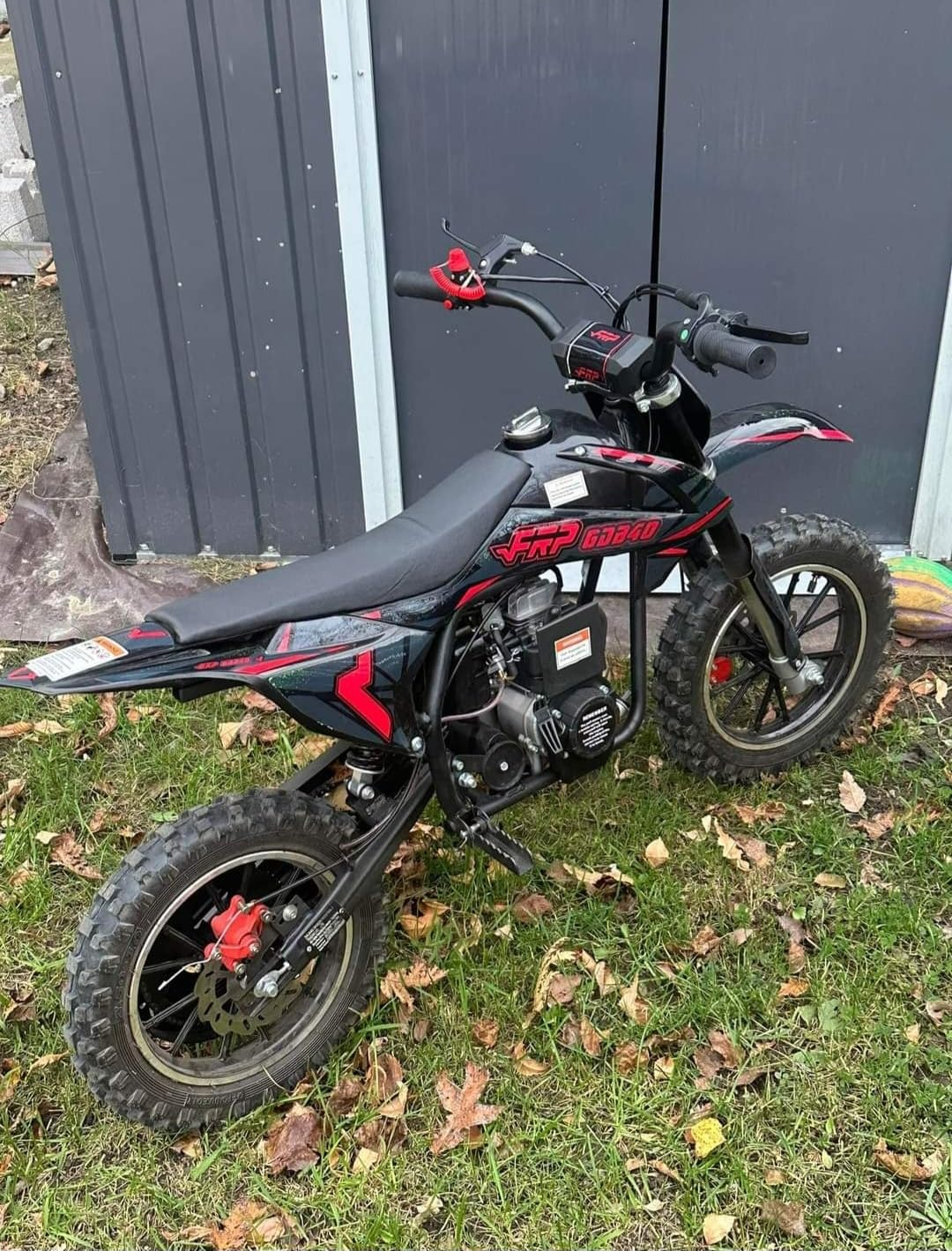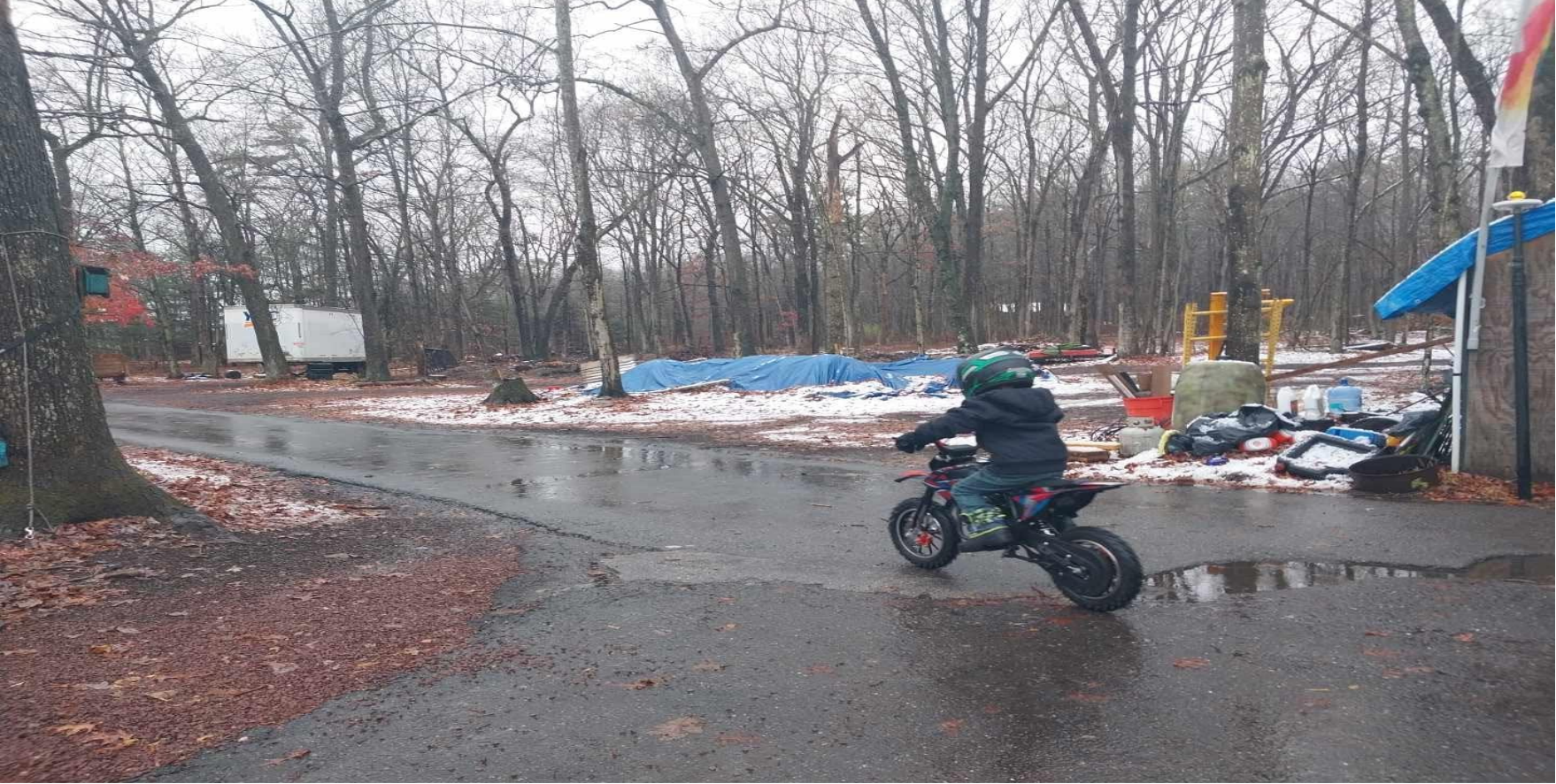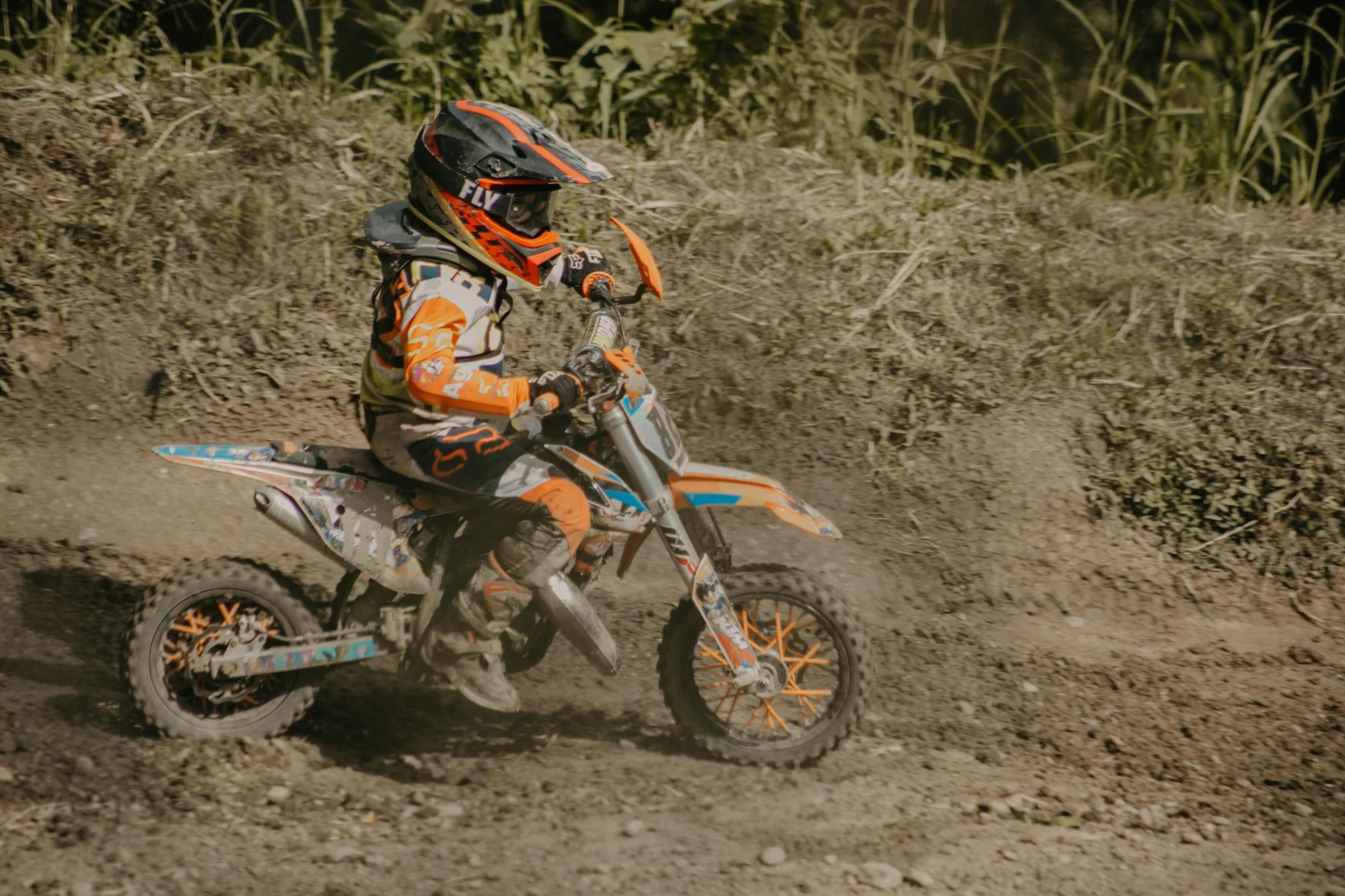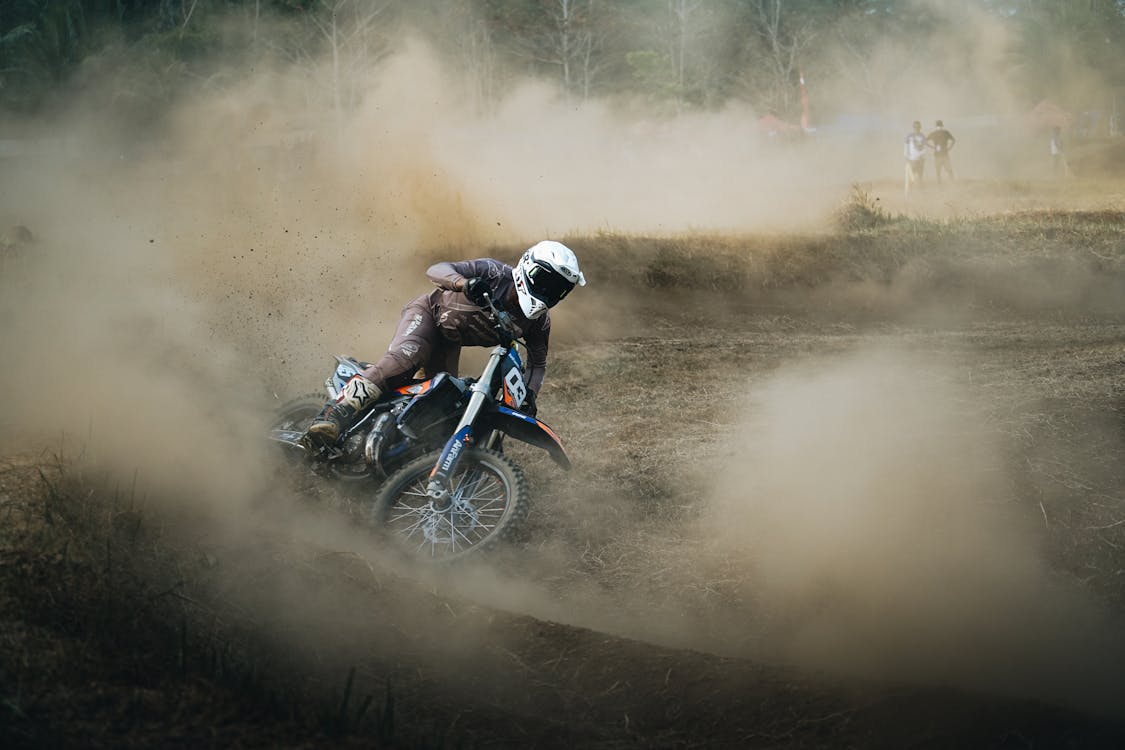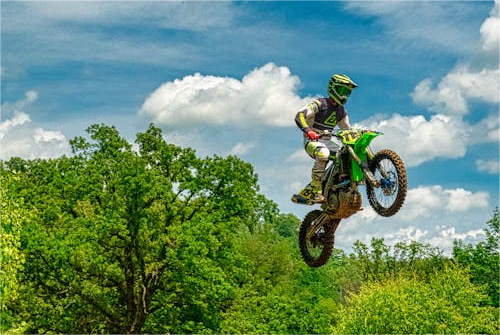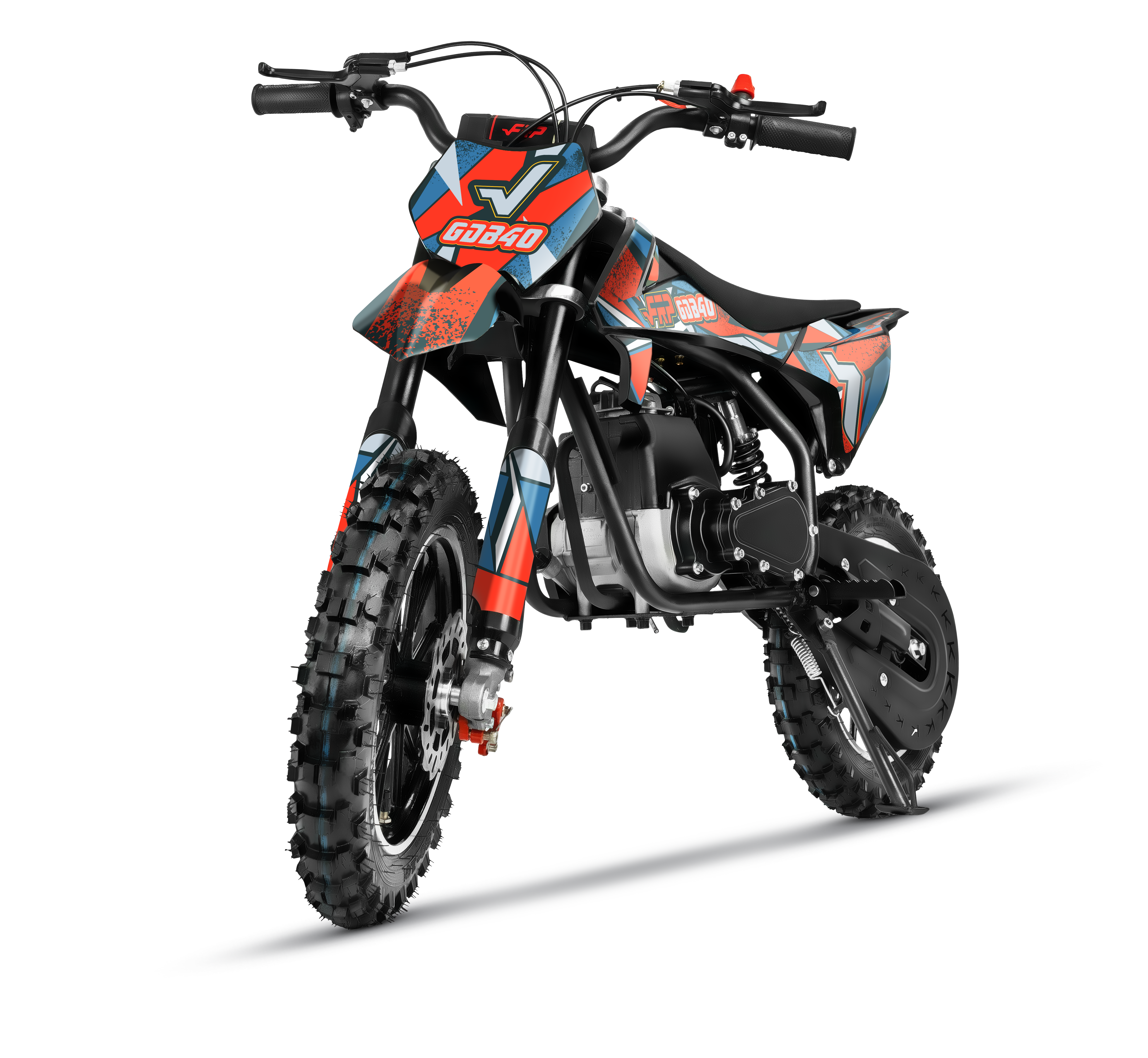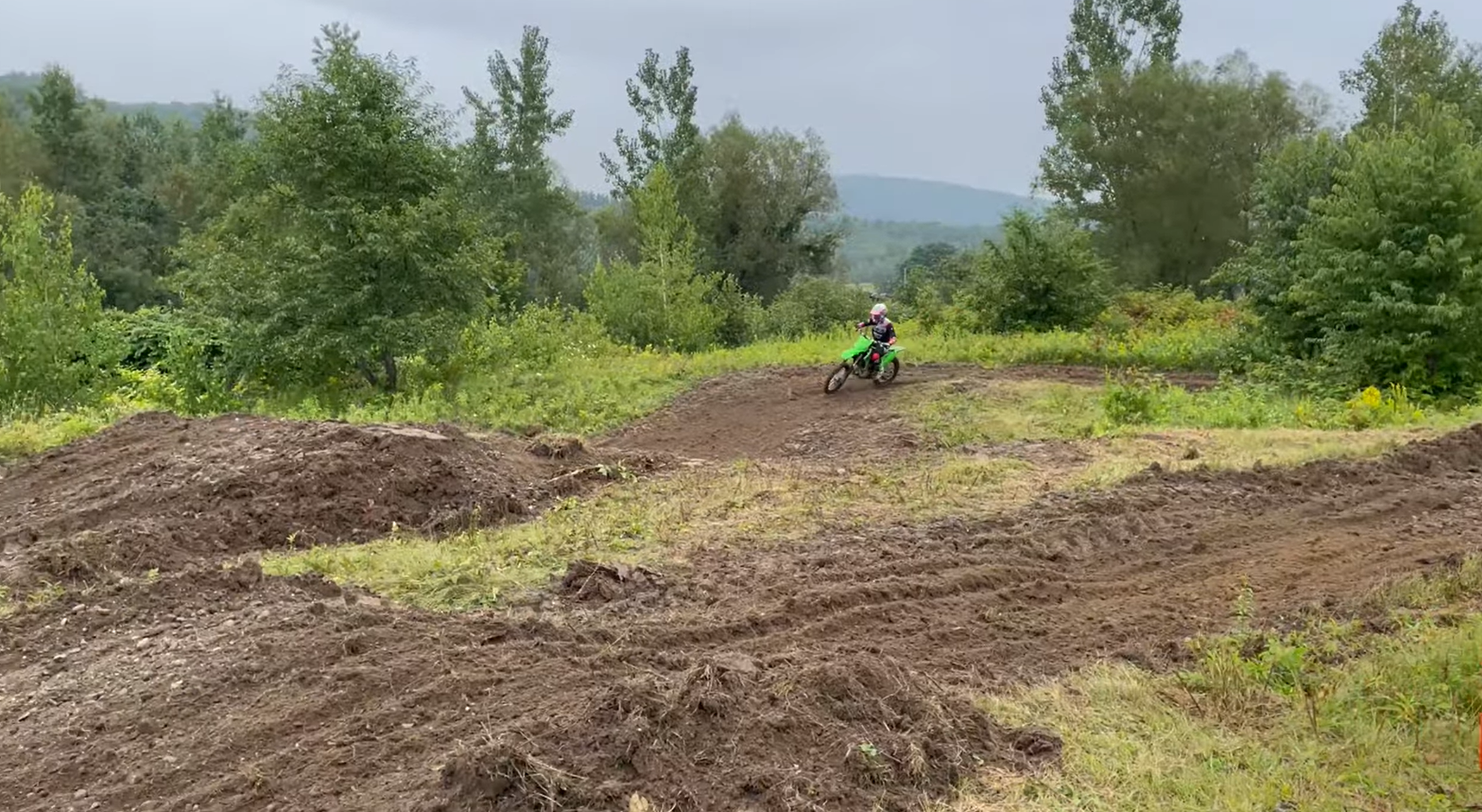Disclaimer: Before proceeding, it is essential to note that dirt biking with your pet is not for everyone and can be dangerous for both the rider and the pet. Therefore, it is crucial to proceed with caution and take the necessary precautions to ensure the safety and well-being of both you and your furry companion. While some pets may enjoy the thrill of riding, others may find it overwhelming or stressful. It is crucial to understand your pet's temperament and behavior before deciding to take them on a dirt biking adventure. In this blog post, we will explore the dos and don'ts of dirt biking with your pet to help you make an informed decision and ensure a safe and enjoyable experience for both you and your pet.
Check with your vet
Before taking your pet on a dirt biking trip, it's important to check with your veterinarian to make sure your pet is healthy enough for such activities. Also, ask for tips on how to best care for your pet during the trip. When checking with your veterinarian, be sure to provide them with specific details about the planned dirt biking trip, such as the location, duration, and intensity of the ride. This will allow them to determine whether your pet is physically fit enough for such activities and whether any pre-existing health conditions may make dirt biking unsafe for them.
Your veterinarian can also guide how to care for your pet during the ride. This may include recommendations for food and water intake, rest breaks, and protection from the elements. They may also suggest certain medications or supplements that can help your pet cope with the physical demands of dirt biking.
Finally, if your pet is on any medications, be sure to discuss these with your veterinarian to ensure that they are safe to take while dirt biking. Some medications may cause drowsiness or other side effects that could make it dangerous for your pet to be on a gas-powered dirt bike.
Train your pet
When it comes to dirt biking with your pet, proper training is essential for a safe and enjoyable experience. Start by getting your pet comfortable with the sound of the gas-powered dirt bike. This can be done by letting your pet hear the sound of the engine from a distance, gradually increasing the volume as your pet becomes more accustomed to it. Once your pet is comfortable with the sound, introduce them to the gas-powered dirt bike while it is turned off. Allow your pet to sniff and investigate the bike at their own pace.
Once your pet is comfortable with the bike, start teaching them basic obedience commands such as "sit," "stay," and "come." These commands will come in handy during the ride, as you'll need to be able to control your pet's movements and behavior. Make sure to practice these commands in a variety of environments, including on and off the youth dirt bike. Positive reinforcement, such as treats and praise, can help reinforce good behavior.
It's important to note that not all pets will take to dirt biking right away. Be patient with your pet and don't force them into anything they're uncomfortable with. If your pet is showing signs of fear or anxiety, take a step back and work on building their confidence and trust before attempting another training session.
Use the right equipment
When it comes to riding a youth dirt bike with your pet, having the right equipment is essential to ensuring their safety. Here are some things to consider when choosing equipment for your pet:
Pet-friendly helmet: Just like humans, pets need to wear helmets to protect their heads in case of an accident. Make sure to choose a helmet that fits your pet properly and is designed for its specific size and breed.
Harness: A harness is a crucial piece of equipment that will help keep your pet secure while riding. Look for a harness that is comfortable and fits your pet properly.
Protective gear: Depending on your pet's size and breed, you may want to consider investing in additional protective gear, such as boots or body armor.
Pet carrier: If you have a small pet or are concerned about its safety, you can purchase a pet carrier that can be mounted on your youth dirt bike. These carriers provide extra protection and security for your pet while riding.
When selecting equipment for your pet, it's important to prioritize their safety and comfort. Choose high-quality gear that fits properly and is designed for their specific needs. Additionally, make sure to inspect and maintain the equipment regularly to ensure it remains in good condition.
Keep your pet hydrated
When it comes to riding kid's gas dirt bikes with your pet, it's important to keep them hydrated throughout the trip. Remember that dirt biking can be physically taxing for your pet, just as it is for you. Therefore, you should always bring enough water for both you and your pet.
Make sure to take regular breaks during your ride to allow your pet to drink water and rest. You can bring a collapsible water bowl for your pet or a water bottle with an attached bowl to make it easier for them to drink. Be aware of the signs of dehydration in pets, including lethargy, dry mouth and gums, sunken eyes, and loss of appetite. If you notice any of these signs, stop and give your pet water immediately.
It's important to note that not all bodies of water are safe for pets to drink from. Some lakes, rivers, or streams may contain harmful bacteria or parasites that could make your pet sick. Be sure to bring enough clean water for your pet to drink throughout the trip to avoid any potential health risks.
Don't push your pet too hard
Just like humans, pets can get tired and overworked, especially if they are not used to physical activity. Begin with short rides to see how your pet reacts to being on a gas-powered dirt bike, and gradually increase the length and intensity of the rides.
Pay attention to your pet's behavior during the ride. If you notice signs of exhaustion or discomfort, such as heavy panting, drooling, or lagging, it's time to take a break or end the ride altogether. It's better to err on the side of caution and keep your pet safe and comfortable rather than pushing them too hard and causing harm.
Be prepared for emergencies
When taking your pet on a dirt biking trip, it's important to be prepared for emergencies. Accidents can happen, and having a first-aid kit on hand can make all the difference. You can purchase a pet first-aid kit online or at your local pet store, or you can create your kit.
A pet first-aid kit should include items such as gauze, adhesive tape, scissors, tweezers, antiseptic wipes, and a thermometer. You should also bring any medications your pet needs, as well as a copy of their medical records and your veterinarian's contact information.
In addition to a first-aid kit, you should also have a plan in place in case of an emergency. Know where the nearest animal hospital or emergency vet clinic is located, and have a way to transport your pet there quickly if needed. It's also a good idea to have a cell phone with you and fully charged in case you need to call for help.
By being prepared for emergencies, you can help ensure that your pet stays safe and healthy during your dirt biking adventure.
Conclusion
In conclusion, dirt biking with your pet can be a fun and rewarding activity if you take the necessary precautions to ensure their safety and well-being. Remember to check with your vet before taking your pet on a ride, train them properly, and use the right equipment to protect them from harm. It's also essential to keep your pet hydrated, not push them too hard, and be prepared for emergencies. By following these dos and don'ts, you can enjoy the thrill of dirt biking with your furry friend and create unforgettable memories together. Always remember to prioritize the safety and comfort of your pet to ensure that dirt biking remains a fun and enjoyable activity for both you and your pet.



